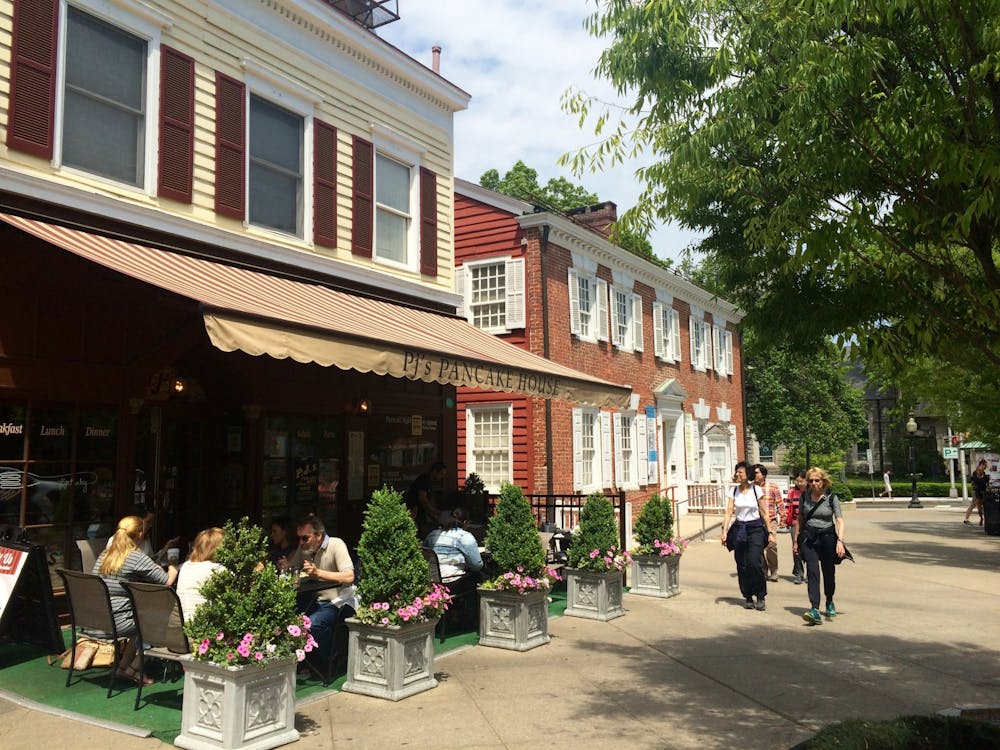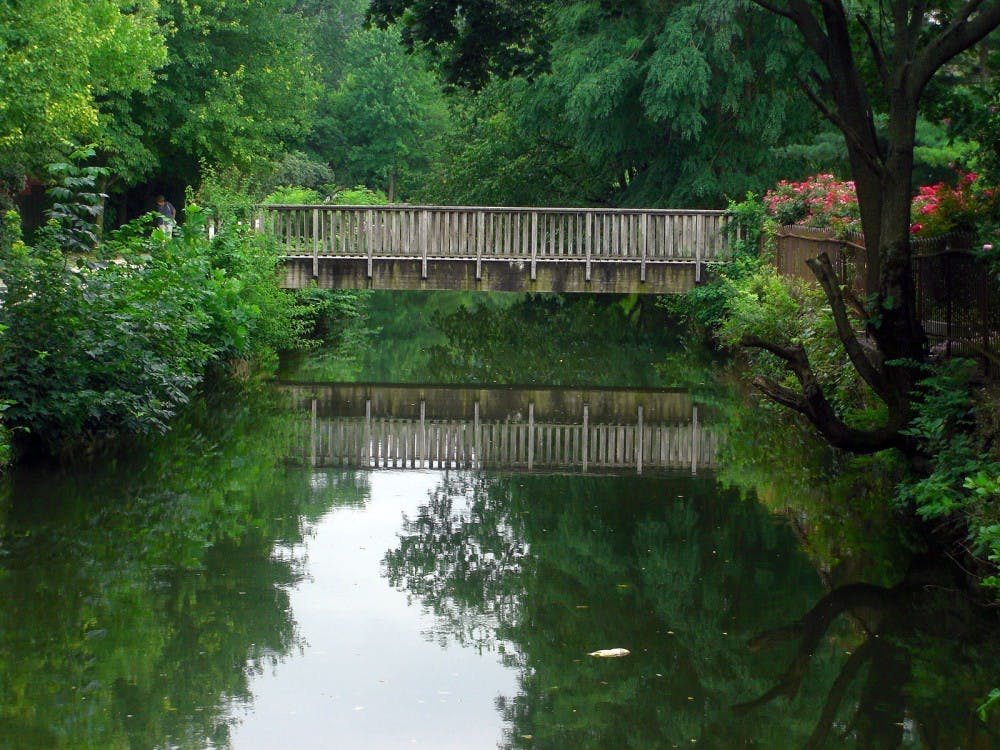For those who might wonder what it takes to become a Princeton professor, one need only look to John Wilmerding, Professor of American Art, to understand that filling such a position requires tremendous proficiency in diverse aspects of one's field.
He has served as curator of American art and deputy director of the National Gallery of Art. Currently serving as a visiting curator at the Metropolitan Museum of Art while teaching at this university, Wilmerding is a member of the board of trustees of several museums, including the Guggenheim in New York, as well as a member of several advisory boards, including one for the Smithsonian museum; he has even been given a presidential appointment to the Committee for the Preservation of the White House.
In spite of its impressiveness, this resumé is not the reason that Wilmerding has recently received media attention. Over the years, Wilmerding has amassed an impressive collection of American art from the mid-to-late 19th century.
Though few private individuals have seen Wilmerding's collection, he has always been generous with his finds. Having previously donated single paintings to the National Gallery, in early May of this year Wilmerding donated his entire collection to the same gallery.
The collection of 51 works, both paintings and drawings, ranges from depictions of landscapes and marine paintings to portraits, still lifes, genre scenes and figure paintings. Artists featured in the exhibit, such as Frederic Church, have several of their works displayed.
Church's landscapes, such as "Fog off Mount Desert," 1850, reflect the trend among artists of his time period to express national pride by showcasing the beauty of the land. Church's landscapes reflect his extensive travels, from the Arctic Circle to below the equator.
Also featured in Wilmerding's collection are paintings by Thomas Eakins. His works, such as "The Chaperone," 1908, are quite stark and lifeless in comparison to Church's vibrant landscapes.
His work is reflective of the darkening effect the Civil War had on American artists. Instead of embellishing the greatness of the United States, postwar artists like Eakins strove for simple, accurate depictions of real life, in an effort to stick solely to the truth.
With many other important period artists included in the collection, Wilmerding's donation is an important addition to the National Gallery. When the gallery first opened in 1941, its collection included fewer than a dozen historical American paintings.
During Wilmerding's tenure as curator, the department of American art was established; today, it has acquired over 1000 paintings, and is among the most distinguished collections world wide.
The new donation, currently being showcased in an exhibit entitled "American Masters from Bingham to Eakins: The John Wilmerding Collection," will certainly bolster an already strong department.
Earl A. Powell III, director of the gallery, said of the donation by Wilmerding, described as a private and modest collector, "That he has now generously agreed to let the collection be seen and enjoyed by a wider public through this exhibition and in our permanent collection is indeed a cause for celebration."

The exhibit has been running since May 9, and will continue to be shown until Oct. 10 of this year.







